Baseball statistics play an important role in evaluating the progress of a player or team.
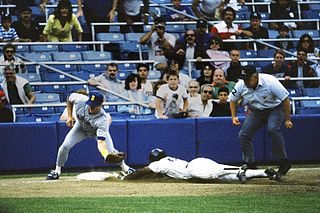
In baseball, a stolen base occurs when a runner advances to a base unaided by other actions and the official scorer rules that the advance should be credited to the action of the runner. The umpires determine whether the runner is safe or out at the next base, but the official scorer rules on the question of credit or blame for the advance under Rule 10 of the MLB's Official Rules.
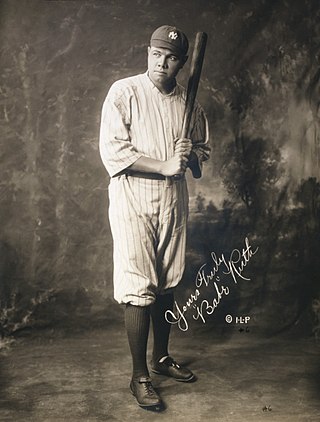
In baseball statistics, slugging percentage (SLG) is a measure of the batting productivity of a hitter. It is calculated as total bases divided by at-bats, through the following formula, where AB is the number of at-bats for a given player, and 1B, 2B, 3B, and HR are the number of singles, doubles, triples, and home runs, respectively:

Rickey Nelson Henley Henderson is an American former professional baseball left fielder who played 25 seasons in Major League Baseball (MLB) for nine teams from 1979 to 2003, including four separate tenures with his original team, the Oakland Athletics. Nicknamed "the Man of Steal", he is widely regarded as baseball's greatest leadoff hitter and baserunner. He holds MLB records for career stolen bases, runs, unintentional walks and leadoff home runs. At the time of his last major league game in 2003, the ten-time American League (AL) All-Star ranked among the sport's top 100 all-time home run hitters and was its all-time leader in walks. In 2009, he was inducted to the Baseball Hall of Fame on his first ballot appearance.

Bobby Lee Bonds Sr. was an American right fielder in Major League Baseball from 1968 to 1981, primarily with the San Francisco Giants. Noted for his combination of power hitting and speed, he was the first player to have more than two seasons of 30 home runs and 30 stolen bases, doing so a record five times and was the first to accomplish the feat in both major leagues. He became the second player to hit 300 career home runs and steal 300 bases, joining Willie Mays. Together with Barry, he is part of baseball's most renowned father-son combination, holding the record for combined home runs, RBIs and stolen bases. A prolific leadoff hitter, he also set major league records for most times leading off a game with a home run in a career (35) and a season, both records that have since been broken.
Runs created (RC) is a baseball statistic invented by Bill James to estimate the number of runs a hitter contributes to their team.

Brady Kevin Anderson is an American former baseball outfielder and executive who played 15 seasons in Major League Baseball (1988–2002) for the Boston Red Sox, Baltimore Orioles and Cleveland Indians. He spent the majority of his career as a center fielder and leadoff hitter for the Orioles in the 1990s, where he was a three-time All Star, and, in 1996, became the 15th player in major league history to hit 50 home runs in one season. Anderson bats and throws left-handed, stands 6 feet 1 inch (1.85 m) tall, and weighs 199 pounds (90 kg).

Edward Trowbridge Collins Sr., nicknamed "Cocky", was an American professional baseball player, manager and executive. He played as a second baseman in Major League Baseball from 1906 to 1930 for the Philadelphia Athletics and Chicago White Sox. A graduate of Columbia University, Collins holds major league career records in several categories and is among the top few players in several other categories. In 1925, Collins became just the sixth person to join the 3,000 hit club – and the last for the next 17 seasons. His 47 career home runs are the fewest of anyone in it. Collins is the only non-Yankee to win five or more World Series titles with the same club as a player. He is also the only player to have been a member of all five World Series championships won by the Athletics during the franchise's time in Philadelphia.

Timothy Raines Sr., nicknamed "Rock", is an American professional baseball coach and former player. He played as a left fielder in Major League Baseball for six teams from 1979 to 2002 and was best known for his 13 seasons with the Montreal Expos. A seven-time All-Star, four-time stolen base champion, and National League batting champion, Raines is regarded as one of the best leadoff hitters and baserunners in baseball history. In 2013, Raines began working in the Toronto Blue Jays organization as a roving outfield and baserunning instructor. He was inducted into the Baseball Hall of Fame in 2017.

William Donald Doran is a former second baseman in Major League Baseball who played from 1982 to 1993 with the Houston Astros, Cincinnati Reds and Milwaukee Brewers. He was the bench coach for the Kansas City Royals from 2005 to 2007 and posted a 4-6 record as the Royals' interim manager to close the 2006 season. Doran rejoined the Reds on November 2, 2007, as the minor league infielding/baserunning coordinator. After previously serving as the minor league field coordinator, Doran moved into the role of special assistant to the general manager, player performance role for the Reds for the 2019 season.
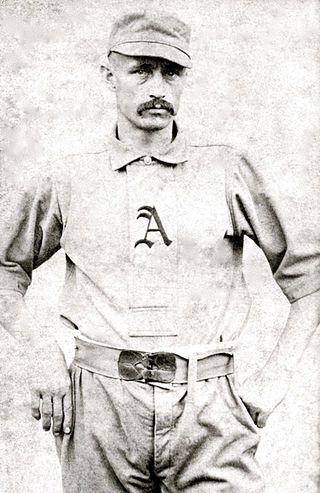
Harry Duffield Stovey was a 19th-century Major League Baseball player and the first player in major league history to hit 100 home runs. Born in Philadelphia, Pennsylvania, Stovey played for fourteen seasons in the majors and was appointed player-manager on two separate occasions during his career.
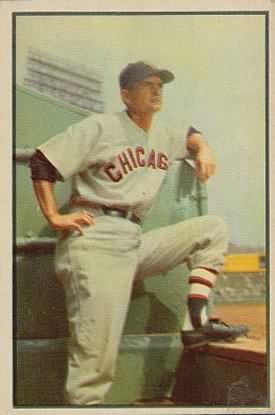
Paul Rapier Richards was an American professional baseball player, manager, scout and executive in Major League Baseball. During his playing career, he was a catcher and right-handed batter with the Brooklyn Dodgers (1932), New York Giants (1933–1935), Philadelphia Athletics (1935) and Detroit Tigers (1943–1946). After retiring, he became the manager of the Chicago White Sox and Baltimore Orioles (1955–1961). He also served as the general manager for the Orioles, the Houston Colt .45s / Astros and the Atlanta Braves.
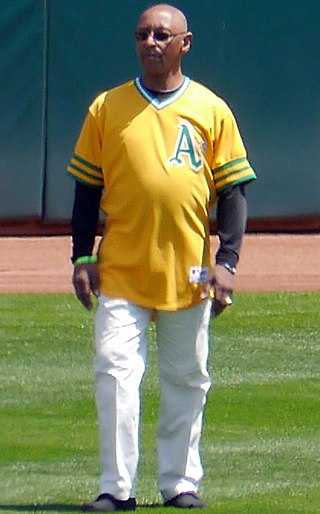
William Alex North is an American former center fielder in Major League Baseball. From 1971 to 1981, he played for the Chicago Cubs (1971–72), Oakland Athletics (1973–78), Los Angeles Dodgers (1978) and San Francisco Giants (1979–81). He was a switch hitter and threw right-handed.

Samuel Lester "Slam" Agnew was an American professional baseball catcher. He played in Major League Baseball from 1913 through 1919 for the St. Louis Browns, Boston Red Sox and Washington Senators. Agnew batted and threw right-handed.

James Thomas "Deacon" McGuire was an American professional baseball player, manager and coach whose career spanned the years 1883 to 1915. He played 26 seasons in Major League Baseball, principally as a catcher, for 11 different major league clubs. His longest stretches were with the Washington Statesmen/Senators, Brooklyn Superbas and New York Highlanders. He played on Brooklyn teams that won National League pennants in 1899 and 1900.
Total average is a baseball statistic devised by sportswriter Thomas Boswell and introduced in the 1978. It was also described in his 1982 article "Welcome to the world of Total Average where a walk is as good as a hit". It is designed to measure a hitter's overall offensive contributions, on the basis that "all bases are created equal". The statistic was included in issues of Inside Sports.
Leon Joseph "Bip" Roberts is an American former Major League Baseball second baseman and outfielder who played from 1986 to 1998 for the San Diego Padres, Cincinnati Reds, Kansas City Royals, Cleveland Indians, Detroit Tigers, and Oakland Athletics.
The 1963 Los Angeles Dodgers were led by pitcher Sandy Koufax, who won both the Cy Young Award and the Most Valuable Player Award. The team went 99–63 to win the National League title by six games over the runner-up St. Louis Cardinals and beat the New York Yankees in four games to win the 1963 World Series, marking the first time that the Yankees were ever swept in the postseason.

Jean Carlos Enrique Segura is a Dominican professional baseball infielder who is a free agent. He has previously played in Major League Baseball (MLB) for the Los Angeles Angels of Anaheim, Milwaukee Brewers, Arizona Diamondbacks, Seattle Mariners, Philadelphia Phillies, and Miami Marlins. Segura was an All-Star in 2013 and 2018, and led the National League in hits in 2016. He played for the Dominican Republic national baseball team at the 2017 World Baseball Classic.

Billy R. Hamilton is an American professional baseball center fielder who is a free agent. He has previously played in Major League Baseball (MLB) for the Cincinnati Reds, Kansas City Royals, Atlanta Braves, New York Mets, Chicago Cubs, Miami Marlins, Minnesota Twins, and Chicago White Sox. The Reds selected Hamilton in the second round of the 2009 Major League Baseball draft, and he made his MLB debut in 2013.















